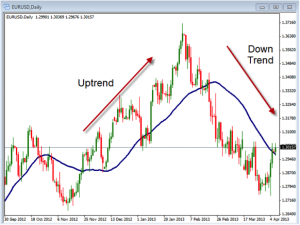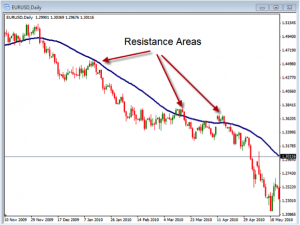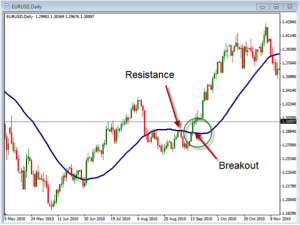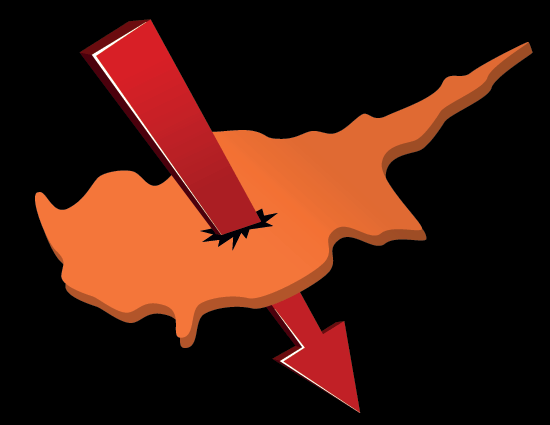For the last several weeks the markets have been up and down with some wide ranges. The market is having a difficult time picking a solid direction. For example, every day in the news we are bombarded with domestic budget problems due to “budget sequestration” or foreign problems coming from Cyprus and other counties. Many market forecasters are calling for a serious pullback; other analysts are calling the market to move even higher before the end of the year. So which is it; up or down? Every trader would just like to find the “Perfect System “so that all of the risk in the market could be eliminated. That desire starts with the erroneous idea that investing can ever be easy or risk free. Most long term investors, at one time or another in their investing career have spent time and money searching for the “perfect” system. The truth is there is no perfect system. There are many good systems out there and even some really good systems; however, there is NO perfect system!
This brings me to the topic of auto trading robots. Many email advertisements are dedicated to making these pre-programmed auto robot systems, seem almost like they can’t lose; almost “magical.” The hard reality is that there is no effortless way to make money in the market no matter the claims on radio, or infomercials or unsolicited emails.
The truth really is, and any longtime successful trader will tell you that there is one main key to trading success. Certainly a good system or trading method is important, and investor education is also essential, however, the real key is more important than either the system or knowledge used. The real key and most important element to successful trading is risk management. How can I say this? How could risk management be more important than the method or the system I use to trade? If these are questions you are asking yourself, and then ask this one as well; even if you have a good system that works very well most of the time, what system removes all market risk? The answer is there isn’t one, there is no such system. Since such a system does not exist, the only way to be successful in the long run is to manage the risk we take with each and every trade. Said another way, the very best of systems can only put the probabilities in our favor, or minimize losses not eliminate then. With each trade we take we should be able at know how much of our account is at risk if the market moves against us, due to anything that we could not predict. My rule is to always use a stop loss and never risk more than 2 percent of your total account on any one trade. Nobody likes to take a loss, and I am no different, however, even under volatile market conditions like we are in right now, by managing my risk per trade. I adhere to the “slow and steady wins the race.” theory of investing and never “bet the farm on a sure deal” trade because there are no “sure” deals in life only the possibility of success if we manage our risk and thus protect our trading accounts.
Risk management will help us to save our accounts and our financial future from greed, and will help us to get a good night’s sleep, even in more volatile uncertain times like these!








